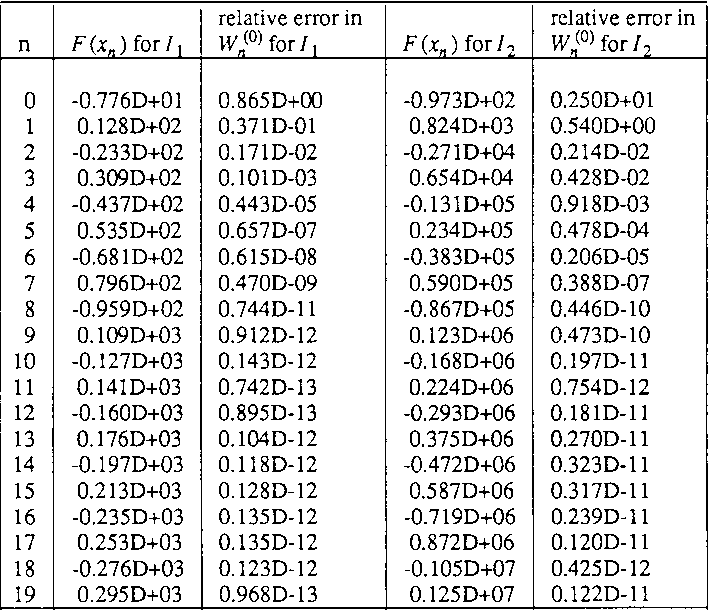


It differs from existing books by concentrateing on the most powerful nonlinear methods, presenting in-depth treatments of them, and showing which methods are most effective for different classes of practical nontrivial problems. The methods discussed are geared toward common problems in scientific and engineering disciplines. It is a useful book for mathematicians interested in this field of research, but it can be used successfully by computer scientists and engineers. This state-of-the art reference for mathematicians, scientists and engineers is concerned with the coherent treatment, including derivation, analysis, and applications, of the most useful scalar extrapolation methods. ‘The book is an excellent support for the theoretical and practical studies of the speed-up methods based on extrapolation. These limits can be approximated economically and with high accuracy by applying suitable extrapolation (or convergence acceleration) methods to a small number of terms. Thus, to approximate limits with reasonable accuracy, it is necessary to compute a large number of terms, and this is in general costly. This leads to a considerable formal simplification and unification.An important problem that arises in many scientific and engineering applications is that of approximating limits of infinite sequences which in most instances converge very slowly. The algebraic theory of these transformations - explicit expressions, recurrence formulas, explicit expressions in the case of special remainder estimates, and asymptotic order estimates satisfied by rational approximants to power series - is formulated in terms of hitherto unknown mathematical properties of the new transformation introduced by Č\'ıžek, Zamastil, and Skála. Professor Sidis work has involved the development of novel methods, their detailed mathematical analysis, design of efficient algorithms for their.


 0 kommentar(er)
0 kommentar(er)
